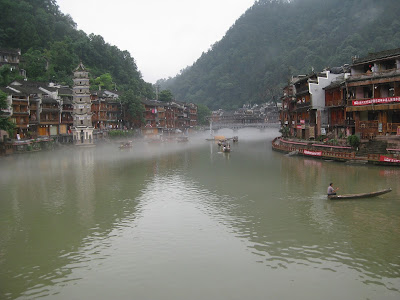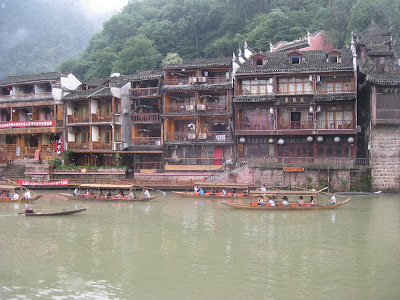‘So
where are you from?’ he asked me. We were on a break from harvesting, having
just worked like slaves for several hours.
‘Scotland.
I drove down yesterday.’
‘Have
you moved down here then?’
‘No,
I came for the experience.’
“What,
of grape picking!’
The
incredulousness of this man was understandable. I had driven about 450 miles
for a spell of back-breaking work at a vineyard for very little money. Indeed, there
had been moments where even I doubted my sanity.
But
I like wine a lot. In 2015 I spent a large part of the year poring over books
and preparing for exams on the subject. I drank a lot of it too, with pleasure.
The possibility of working a harvest in the south of England therefore appealed
to me. Like the narrator in Zorba the
Greek – one of my favourite books – I felt the urge to flee the world of
the mind and throw myself into work, even if it amounted to no more than
picking grapes off vines.
I
packed enough clothes to last about ten days, along with my massive encyclopedia
of wine, an iPod and a few other essentials, got in my car and drove nine and a
half hours to the southern coast of England. I holed up in a youth hostel on
the edge of Eastbourne, where I had a musty room with a minuscule window all to
myself.
Arriving
at the vineyard on the chalky South Downs in Sussex the following morning I was
apprehensive. This was largely because I suffer from a stiff back, and I
genuinely feared I might injure myself. There was an element of excitement too,
though, which I guess my fellow grape pickers didn’t share. It was the thrill
of being among vines and seeing the famous grapes that roll off the tongues of
wine lovers: Pinot Noir, Chardonnay, Pinot Meunier, Riesling.
The
team of harvesters numbered about forty, and they were all white locals. This
was a surprise to me, for I had expected an abundance of young Spaniards, Poles
and Eastern Europeans. Several were clearly past retirement age, while a
small minority looked like they could have featured on Jeremy Kyle or a Channel
5 show about benefits claimants.
One
or two of my compatriots had unusual backgrounds. There was, for example, the
middle-aged man who’d worked for a couple of decades in south east Asia. As
someone who spent two and a half years in Japan I felt a bond with him, and we
regularly chewed the fat during breaks. Mostly though the pickers were just
hard up, and their favourite topic of conversation was how the agency had done a
number on us. This was in fact entirely true, so their anger was
understandable.
My
first hour of picking was accompanied by a bout of stiffness in my lower back,
and I managed to cut my thumb with the ultra-sharp secateurs we were given.
Still, as the morning wore on my body loosened up and I became pretty
efficient. Given the wet and cool summer, the small and compact bunches of
blueish-red Pinot Meunier grapes we picked were surprisingly ripe.
I
quickly discovered that one day of harvesting is like any other. There was the
initial stiffness which soon tailed off, followed by a surge of energy which
lasted most of the morning. After lunch, however, my work rate nosedived as
fatigue took hold. As for the grapes, well, they all looked pretty similar:
small, blue or green, with some rotten ones here and there. It was repetitive,
boring work.
As
the six days of harvesting passed by I became increasingly irritated by some of
my co-workers. This was to some extent inevitable, for the work was draining,
involving as it did hours spent bending over foliage and lugging around heavy
crates of grapes.
What
really began to irk me was the fact that certain pickers were brazen slackers.
I particularly recall two men who were virtually joined at the hip. No longer
in the prime of life, they would lazily work a section in tandem while casually
discussing football. They were thoroughly inefficient. One of them even had the
nerve to criticise a young guy behind his back for his allegedly poor
performance, although he was doing the job correctly!
Some
harvesters would wander up and down the rows of vines, removing a few bunches
here and there, which they would then chuck into someone else’s crate before
continuing on their way. This saved them the hassle of hauling a crate of their
own about. On one occasion we worked beyond the normal finishing time of 4
o’clock. As the light failed, a couple of women gave up and collapsed on the
ground at the top of the slope, too exhausted to carry on.
I
was annoyed with these slackers because I felt drained of energy and irritable,
but I couldn’t really blame them for not pushing themselves. For why should
they have? We were getting paid the minimum wage for physically demanding work.
In such circumstances, you realise it simply isn’t worth your while to make a
big effort.
Moreover,
we were subject to occasional demotivating slights. For instance, one afternoon
we finished in a distant corner of the huge estate. After the foreman collected
our secateurs and signed us out for the day, we had to undertake an unpaid
fifteen minute trudge back to our cars.
After
just five and a half days of harvesting, the job came to an end. We picked the
entire Chardonnay crop in a day and that was it. There were rumblings of discontent
within the group because we’d earned bugger all, but I didn’t share their
resentment. I’d had a bellyful of the slackers and I was ready to leave.




















